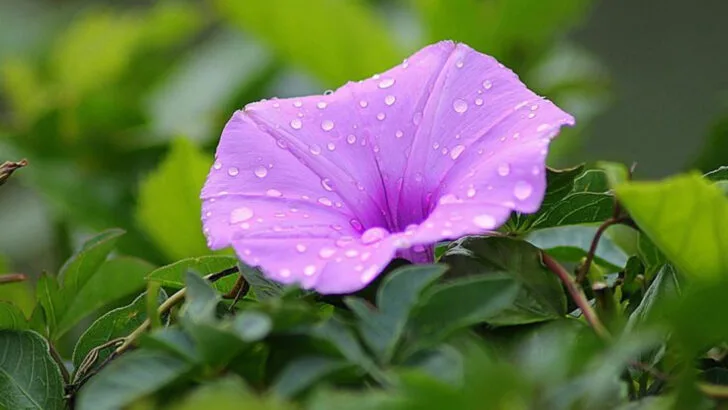Some plants come with a great reputation, beautiful in photos, widely recommended, and often front-and-center at garden centers. But once they’re in the ground, the reality hits: constant pruning, pest problems, spreading where they shouldn’t, or just plain refusing to thrive. It’s frustrating to invest time and effort into a plant that ends up being more hassle than help.
That’s where smarter swaps come in. Plenty of alternatives offer similar looks or functions without the same baggage. Less maintenance, better behavior, and fewer unpleasant surprises. If you’ve been burned by finicky favorites or overly aggressive growers, this list is for you: 16 popular plants that tend to cause more trouble than they’re worth and what to grow instead.
Bamboo
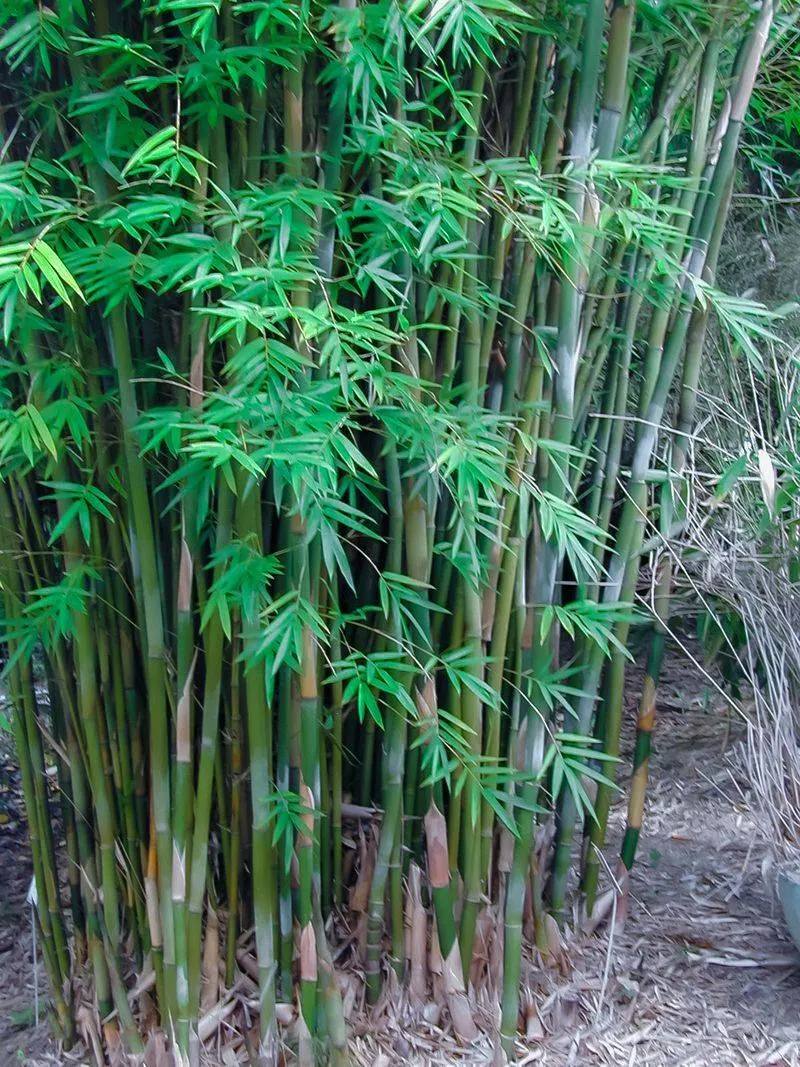
Bamboo, while offering an exotic flair, can quickly become a gardener’s nightmare. Its roots spread underground like wildfire, overtaking spaces and suffocating other plants. Imagine constant battles to keep your yard in check!
Instead, consider planting feather reed grass. With its upright habit and golden plumes, it brings grace without chaos.
Did you know? Bamboo can grow up to 36 inches in a single day, making it one of the fastest-growing plants on earth. Such rapid growth is best admired from afar, not in your backyard.
English Ivy
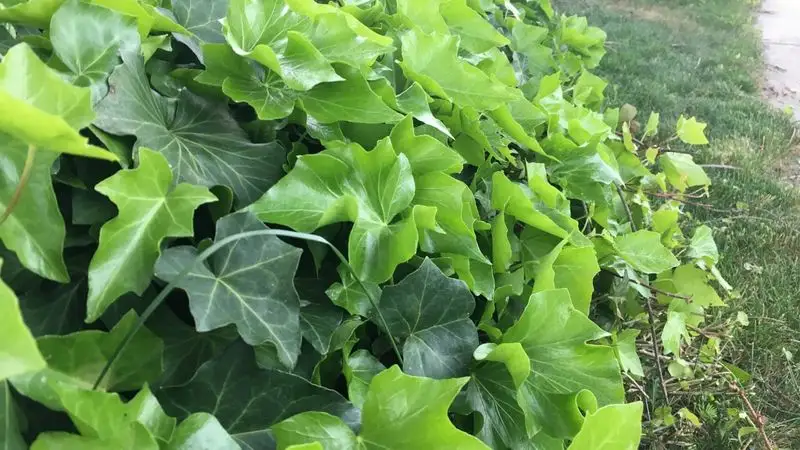
With its elegant, trailing vines, English ivy seems like a picturesque choice. However, it can cause irreparable damage to structures and trees. Its tenacious grip can even lead to mold issues on walls.
Opt for Virginia creeper instead. It offers similar beauty in fall, with vibrant red leaves that delight the eyes.
Fun fact: English ivy has been used as a symbol of fidelity and eternal life in various cultures. But in gardens, its clinging nature might symbolize endless maintenance headaches!
Wisteria
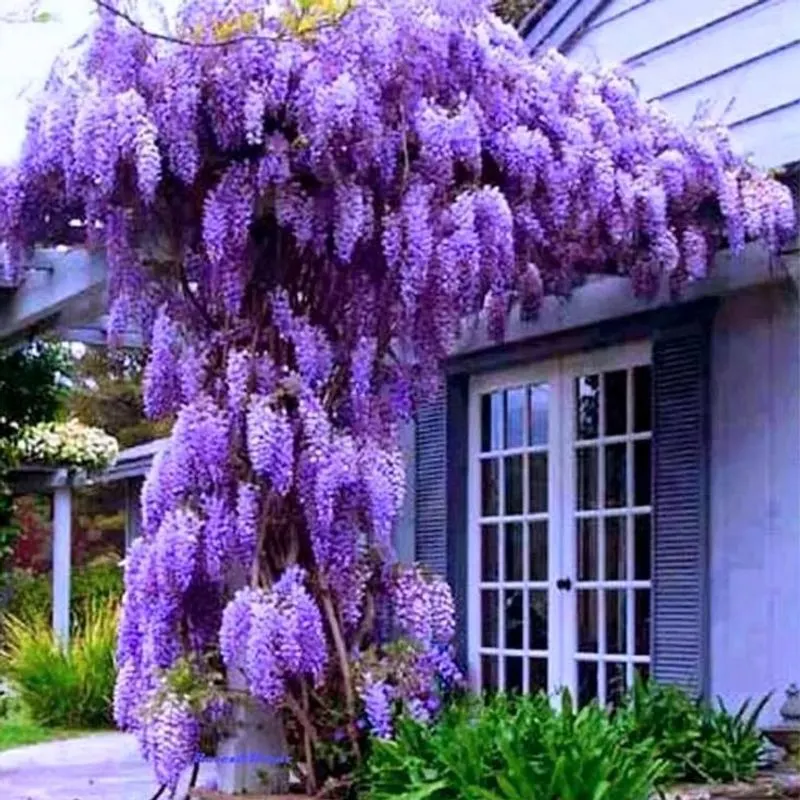
Wisteria is a sight to behold during its blooming season, with cascading purple flowers. Yet its heavy vines can damage structures and require significant pruning.
Why not try planting clematis? Its varied colors and manageable growth make it a pleasant alternative.
Did you know? Wisteria can live for over 50 years, often outlasting the pergolas it crushes. While romantic in appearance, its demanding nature makes it more foe than friend in the garden.
Mint
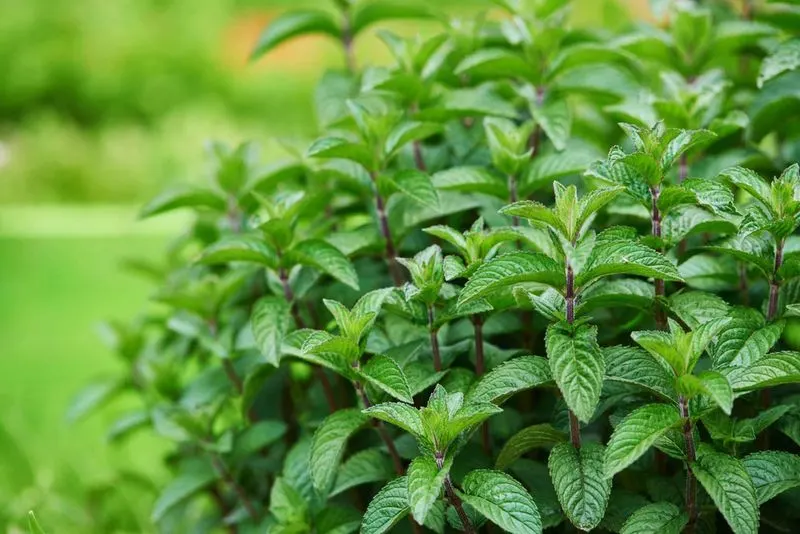
Mint, with its refreshing aroma, is a kitchen staple, but in the garden, it behaves like an unruly guest. Its invasive roots can overrun other plants, turning a small bed into a mint jungle.
Try lemon balm instead. It offers a gentle citrus scent without the territorial tendencies.
A quirky tidbit: Ancient Romans believed mint could stimulate the brain. While invigorating in a cup of tea, its garden antics require more brainpower than one might like.
Japanese Knotweed
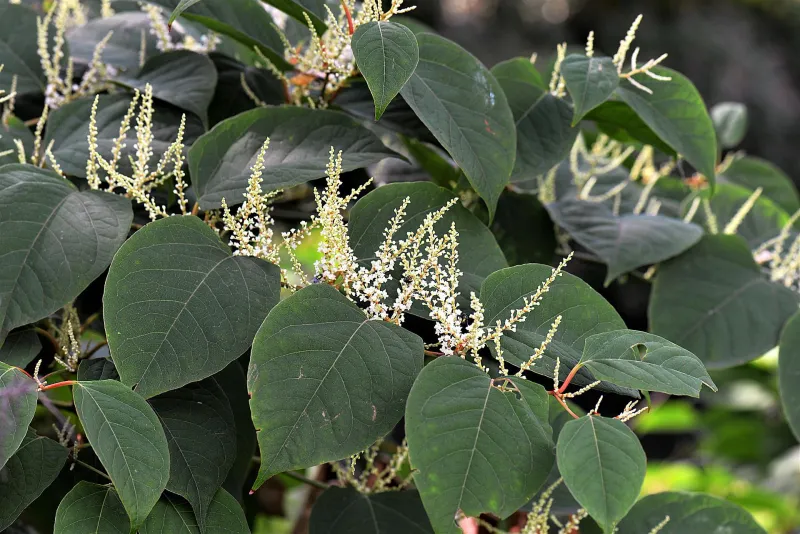
Japanese knotweed is notorious for its vigorous growth, causing chaos along waterways and gardens alike. It can damage concrete and foundations, making it a costly intruder.
Switch to planting indigo bush, which respects its boundaries and offers lovely purple blooms.
Fun fact: Despite its troublesome nature, knotweed’s young shoots are edible and have a rhubarb-like taste. However, its presence in your garden might leave a sour note rather than a sweet one.
Privet
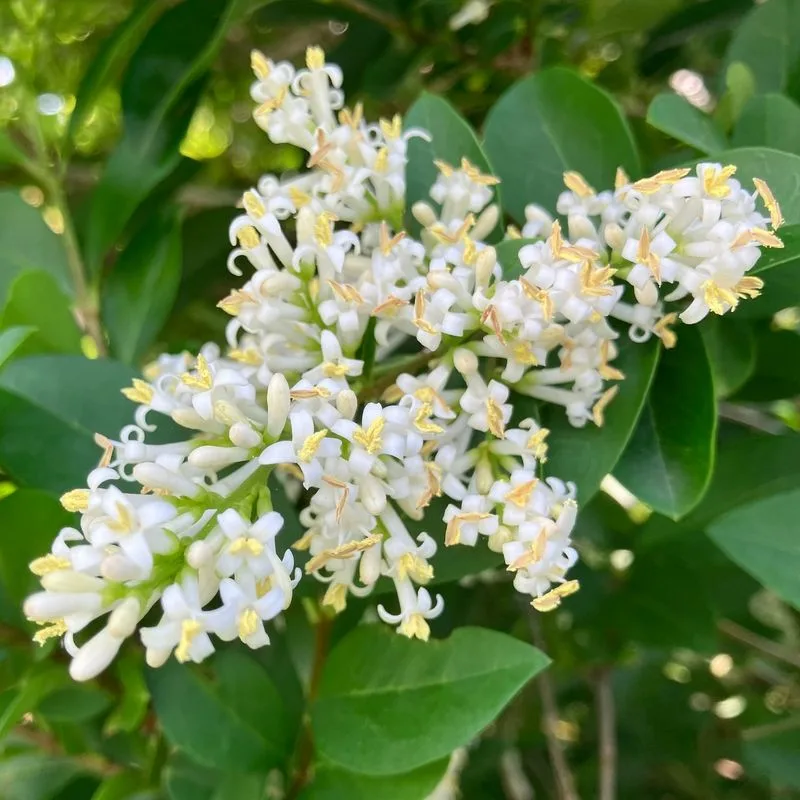
Privet hedges offer privacy, but their rapid growth requires frequent trimming to prevent an unmanageable thicket. They can also become invasive in some regions.
Consider planting boxwood for a more refined and manageable hedge. Its classic appeal and slower growth are perfect for a neat landscape.
Did you know? Privet berries are mildly toxic to humans and pets. While their berries look tempting, the upkeep makes them less than desirable.
Oleander
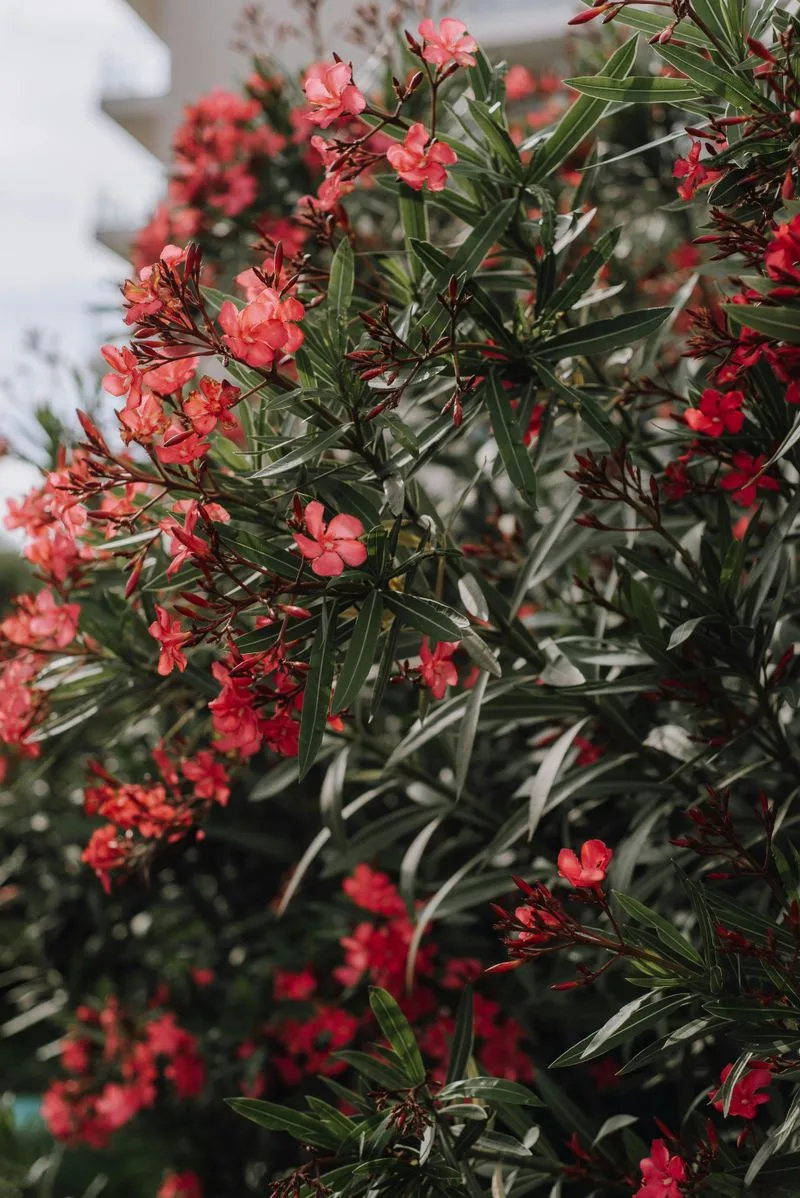
Oleander enchants with its vibrant blooms but hides a dark secret: it’s highly toxic. Every part of this plant poses risks to humans and animals.
Instead, plant hibiscus, offering tropical beauty without the danger. Its large, showy flowers are a safe and stunning substitute.
A cautionary note: Oleander’s deceptive beauty has been used as an illustrative lesson in literature and myth. In your garden, however, it’s a danger best avoided.
Morning Glory
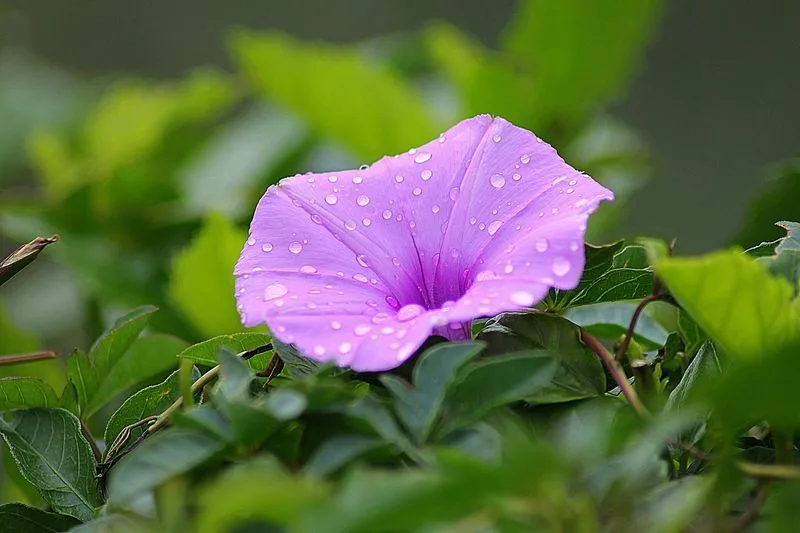
Morning glory captivates with its delicate flowers and lush vines, but it can quickly dominate a garden, smothering other plants. Its relentless growth requires constant vigilance.
Try planting black-eyed Susan vine instead. It provides similar charm without the aggressive sprawl.
Did you know? Ancient civilizations used morning glory seeds for medicinal purposes. While its blooms are lovely, its invasive nature is a garden challenge not to be taken lightly.
Russian Olive
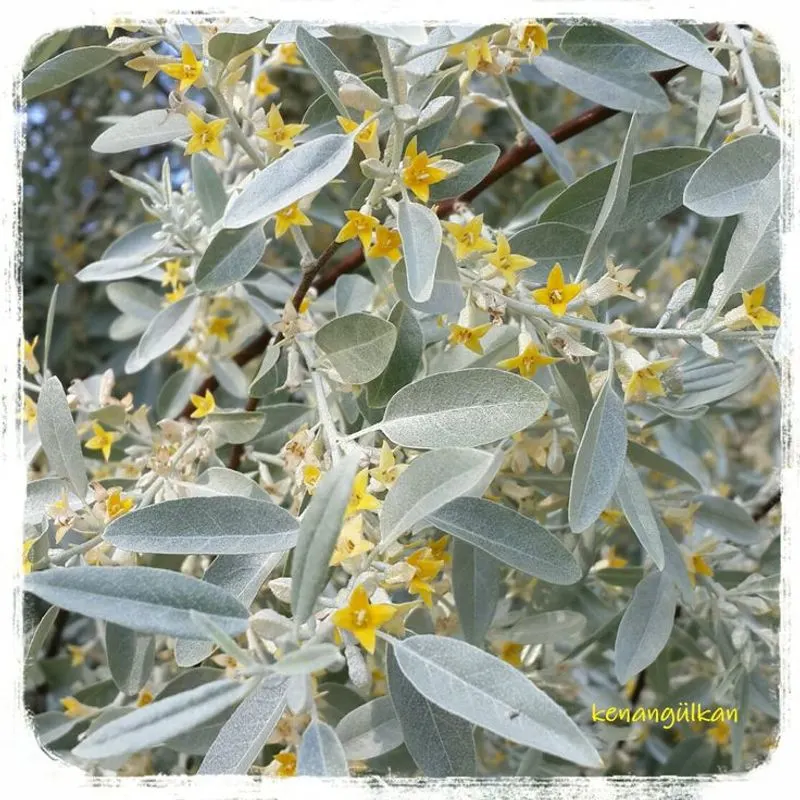
Russian olive may appear attractive with its silvery foliage, but it’s a notorious invader, especially in arid regions. Its dense growth can outcompete native plants, upsetting local ecosystems.
For a similar silver touch, consider planting silverberry, which behaves more politely.
Fun fact: Russian olive was originally introduced for windbreaks and erosion control. Still, its unintended spread has turned it into a problematic guest in many areas.
Lantana
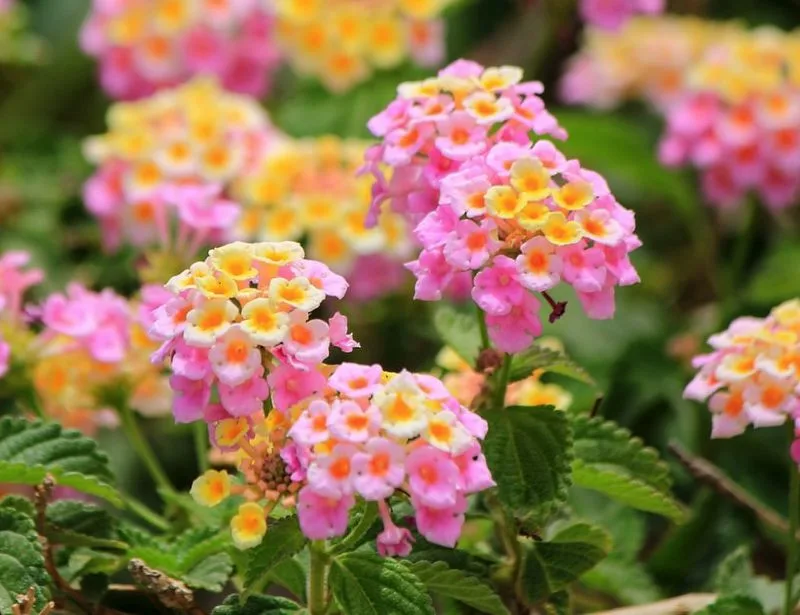
Lantana’s cheerful blooms are a favorite in warm climates, but its invasive nature can choke out native species. It often requires diligent pruning to maintain control.
Opt for butterfly bush instead. It draws pollinators without overtaking your garden.
Did you know? Lantana leaves are toxic to livestock, and its berries can be harmful to children. Its vibrant display comes with more strings attached than one might wish.
Fennel
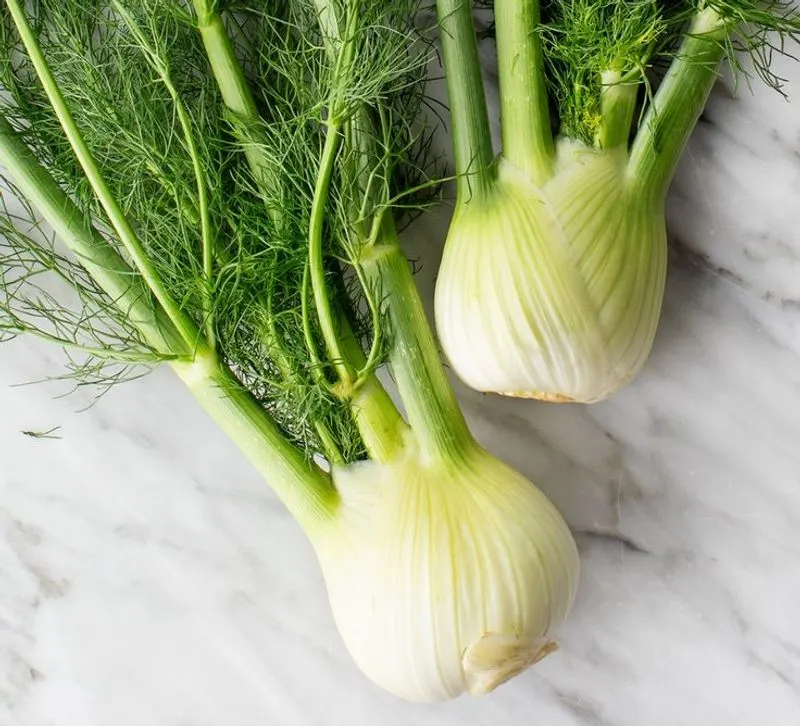
Fennel, with its anise-like aroma, is a culinary gem but a garden menace. It self-seeds prolifically, easily overrunning flower beds.
Try dill for a similar flavor with less garden takeover. It offers both culinary and aesthetic joy without the invasiveness.
A delightful detail: Fennel was historically used by ancient Greeks in their battle rituals. In modern gardens, however, it wages a different kind of war.
Ajuga
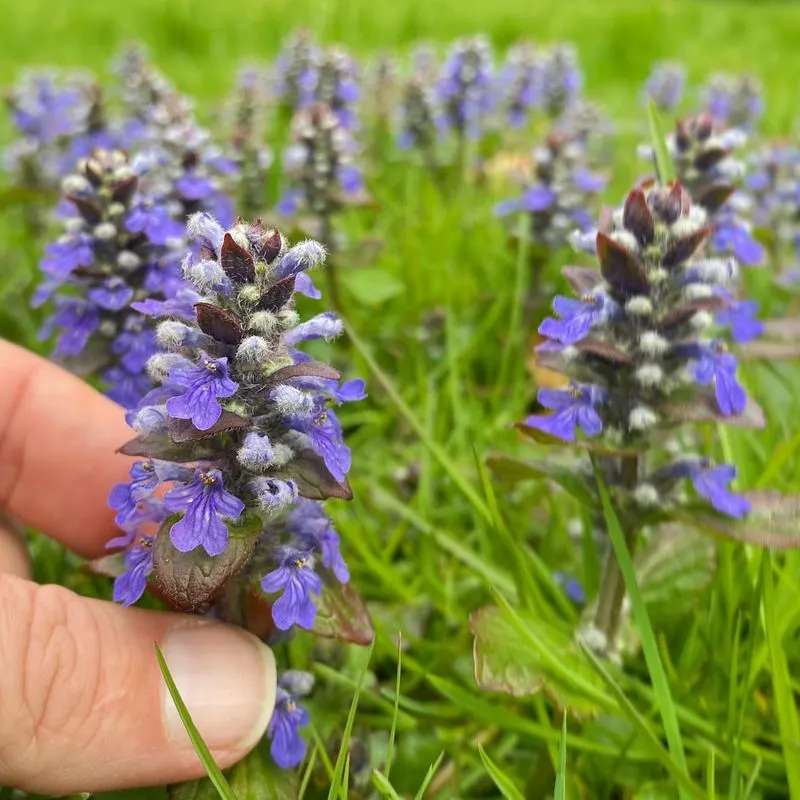
Ajuga, with its vibrant blooms and dense foliage, makes an attractive ground cover. Yet its rapid spread can quickly dominate areas, stifling diversity.
Consider planting Irish moss, which provides a lush carpet without the same aggressive tendencies.
Fun tidbit: Ajuga is also known as “bugleweed” due to its trumpet-like flowers. In a garden, though, it blares louder than one might prefer.
Pampas Grass
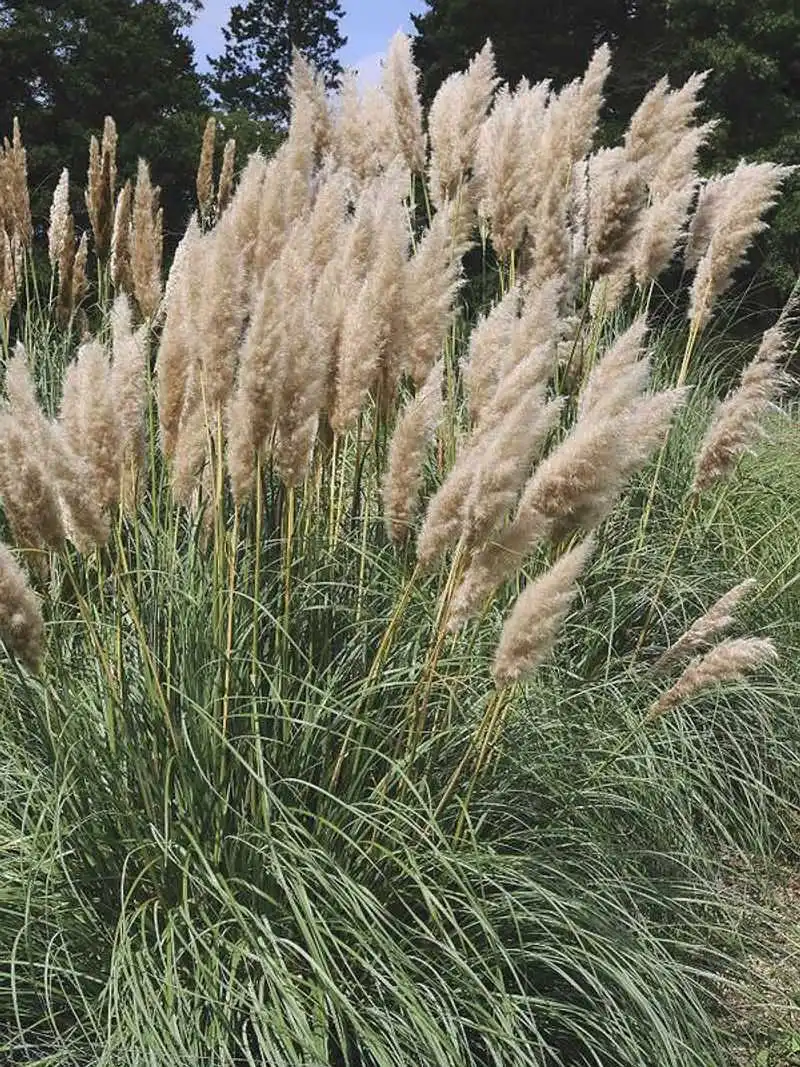
Pampas grass, with its tall, feathery plumes, creates a striking visual. However, it can become a fire hazard in dry areas and requires ample space to thrive.
Switch to Karl Foerster grass for a more controlled, elegant appearance.
Did you know? Pampas grass can grow up to 13 feet tall, towering over gardens like a giant. Its grandeur is best suited for larger landscapes.
Nandina
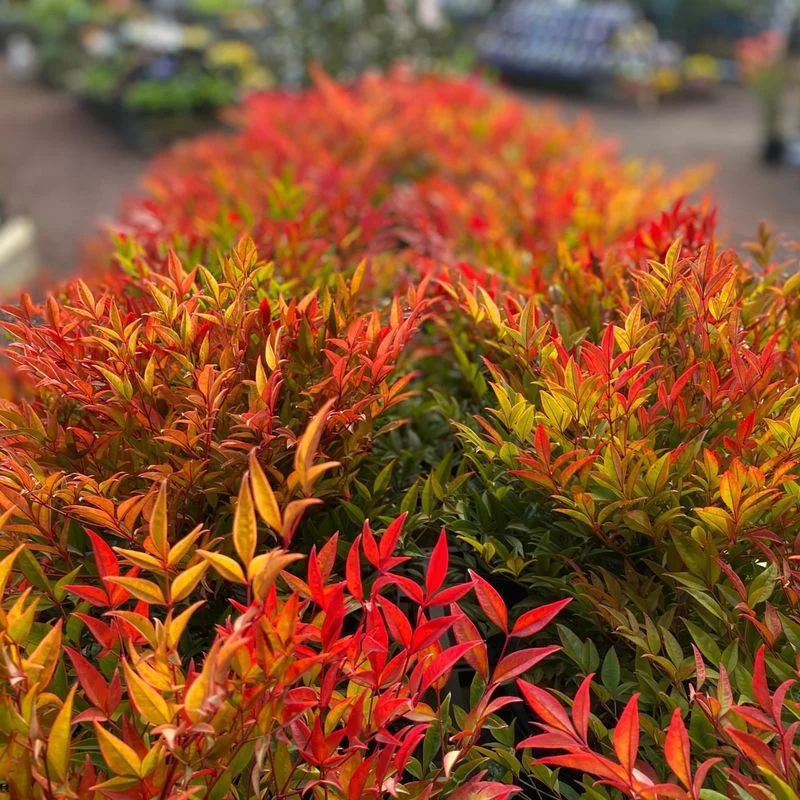
Nandina, or heavenly bamboo, boasts beautiful berries and foliage but can become invasive. Its dense growth can suppress other plants.
Opt for winterberry instead. It offers brilliant berry displays without the invasive spread.
A quirky note: Nandina berries contain cyanide and can be toxic to birds. Despite its ornamental appeal, it’s a plant to handle with care.
Purple Loosestrife
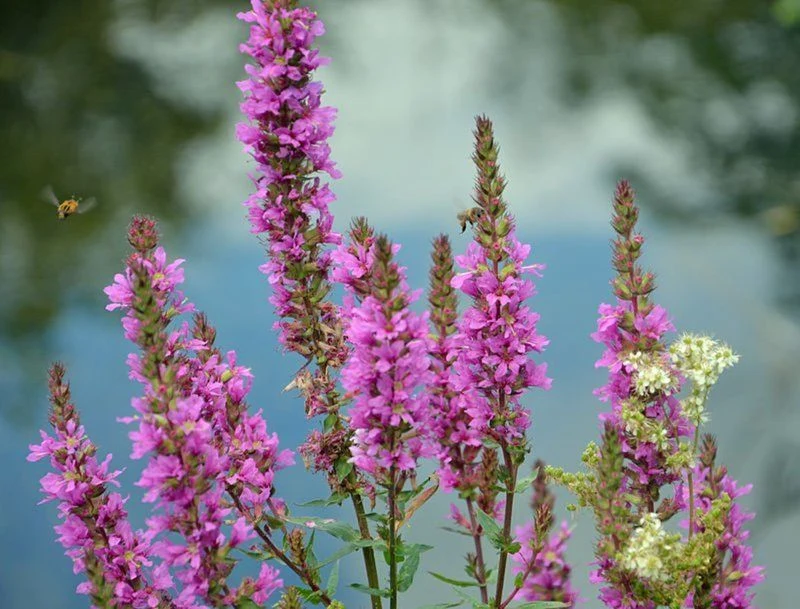
Purple loosestrife enchants with its spires of purple flowers but invades wetlands, displacing native flora. It’s a serious ecological threat in many regions.
Consider planting blazing star, which offers vibrant color while supporting local ecosystems.
Did you know? A single purple loosestrife plant can produce up to 2.5 million seeds annually, fueling its aggressive spread.
Butterfly Bush
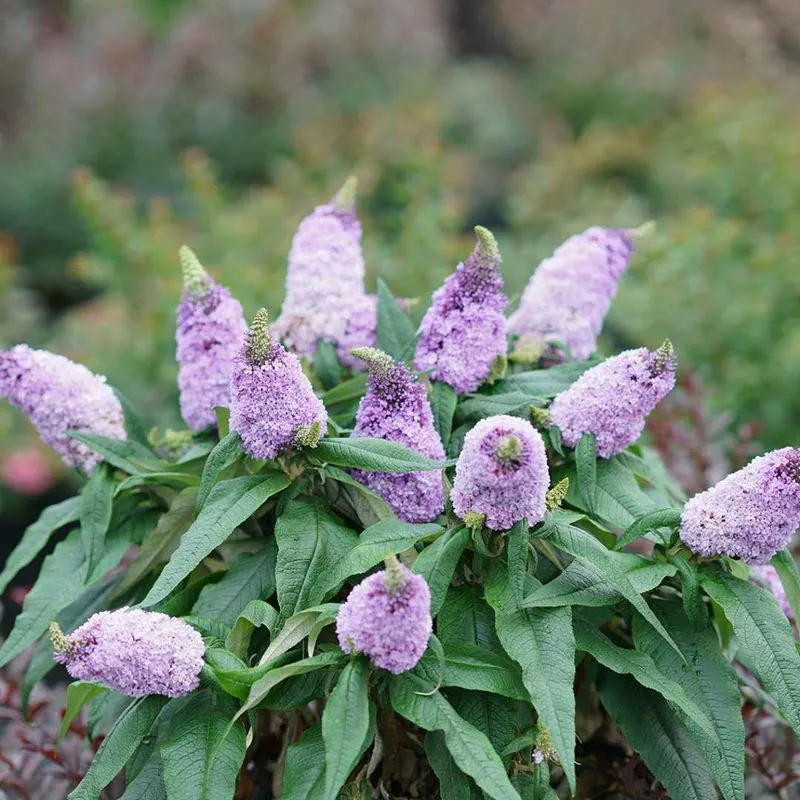
The butterfly bush is adored for attracting pollinators, yet it can dominate garden spaces and natural areas alike. Its prolific seeding leads to invasive growth.
Plant buttonbush instead, for similar pollinator appeal without the aggressive tendencies.
Fun fact: While butterfly bushes attract butterflies, they don’t provide food for their larvae. Choose wisely to support the full life cycle of these beautiful creatures.

